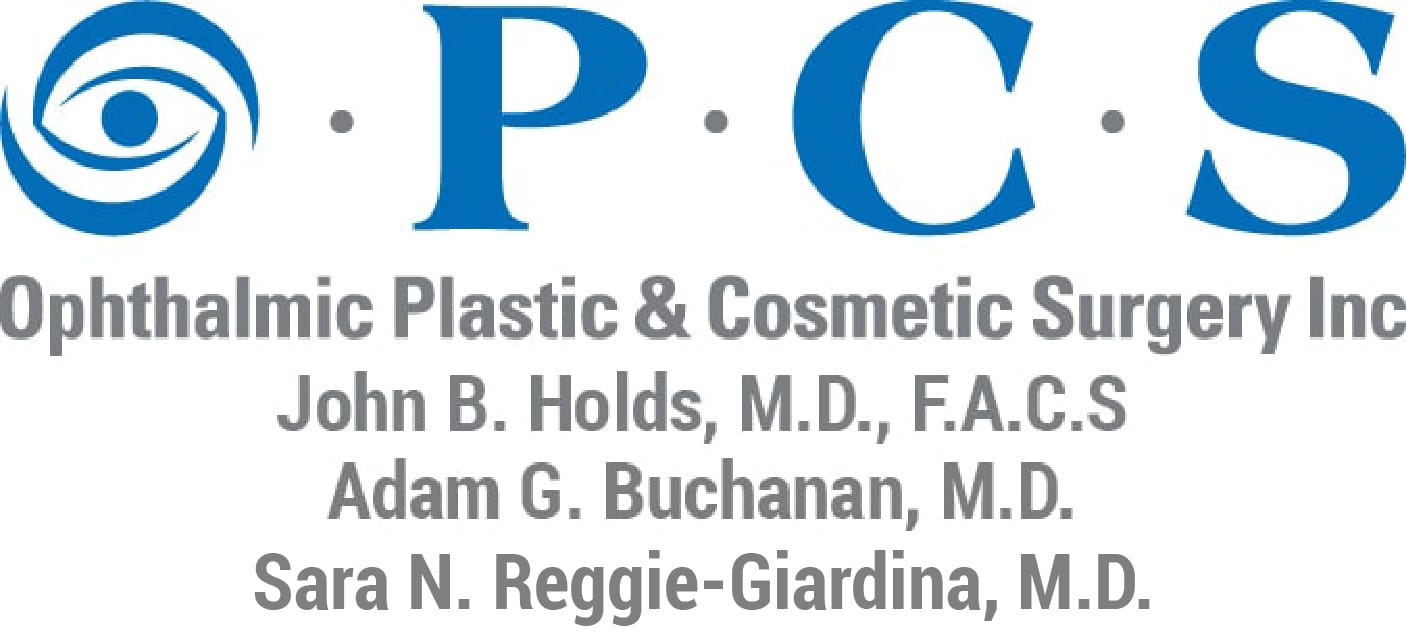Is FotoFacial RF Your End-of-Summer BFF for Great Skin?
- Posted on: Aug 15 2021

What is FotoFacial RF?
Generally, the term FotoFacial indicates the use of intense pulsed light (IPL) to rejuvenate the upper layers of the skin. The FotoFacial RF procedure combines IPL with radiofrequency energy. Together, these two technologies can target multiple dermatological issues simultaneously. Intense pulsed light is known to target pigment in all kinds of concerns, including spider veins, broken capillaries, and sun spots. Radiofrequency rejuvenates the skin by provoking collagen production in the dermis.
FotoFacial RF is a procedure we perform here in the office. The provider begins by applying a gel to the skin. A handheld applicator is then used to direct pulses of light and radiofrequency into and through the epidermis. This is done by placing the applicator against the skin somewhat like a stamp. Nothing but light penetrates the skin, so patients remain comfortable. As treatment progresses, some thermal energy may build up in the skin, potentially causing mild discomfort. The FotoFacial RF process takes only about half an hour and there are no major side effects.
How To Prepare For FotoFacial Treatment
The FotoFacial RF procedure is great for this time of year and into the winter months because there are a few instructions that can be difficult to follow in the summertime. Primarily, patients are advised to keep sun exposure to a minimum when planning to have this treatment done. In addition to avoiding outdoor tanning, patients should also avoid tanning beds. Too much exposure to UV light can create sensitivity to the intense pulsed light used in the FotoFacial RF. Aside from this, there are no significant precautions needed before treatment can begin.
The FotoFacial RF can address numerous concerns all at once, which is one of many reasons it’s so popular. Some of the conditions we can treat with this device include:
- Sun damage
- Age spots
- Hyperpigmentation
- Excessive flushing
- Enlarged pores
- Freckles
- Broken capillaries
- Spider veins
- Melasma
- Rosacea
Schedule a pick-me-up for your skin after a long, hot summer. Contact us today to learn more about FotoFacial RF.
Posted in: FotoFacial RF

